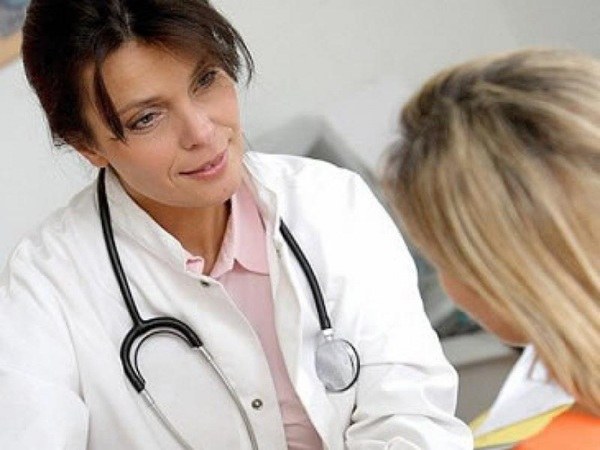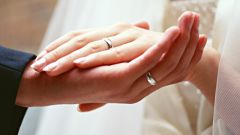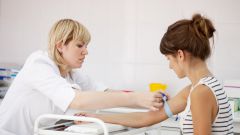Instruction
1
A healthy human body operates at two opposing systems of blood – clotting and anticoercive. Under normal balance they thin the blood, preventing the formation of blood clots – however, with the predominance of the coagulation system in the blood vessels begins to form a clot. Initially, the blood clots are small plaques that increase over time and with a weak attachment to the vessel wall can break away from her, "poplaw" with the flow of blood through the arteries and veins.
2
When injected into the most narrow place of the blood flow, the clot completely blocks it, which leads to thromboembolism and bleeding to a certain organ. So, at the clot of the blood vessels of the brain in humans is ischemic stroke, a blood clot in the heart arteries – heart attack, when a blood clot leg vein thrombosis. The most severe form of this disease is pulmonary thromboembolism, which can be determined by chest pain, acute heart failure, asphyxiation and virtually instant death. It trombley pulmonary artery doctors explain 20% of sudden deaths.
3
Symptoms, which can determine the presence or removal of a blood clot, are directly linked to its localization in a particular organ. First and foremost, you need to be wary when unexplained heaviness in the leg muscles, constant swelling, pain and cyanosis of the skin – these events often accompany a venous thrombosis. If clots of arteries of the abdominal cavity, the person may be noted abdominal pain, diarrhea and vomiting.
4
With a suspected blood clot you need to visit a GP, who will refer the patient to relevant specialists. To determine this diagnosis is ultrasound, vascular angiography, venography of the veins, and assigned a number of blood clotting and cholesterol. To avoid blood clots, you need to have an active way of life, to enter into the diet more plant food, drink more fluids, do not expose themselves to traumatic situations and carefully monitor blood pressure.
Note
The cause of the clot can be inflammatory, neoplastic or traumatic factors of inner vascular surfaces.
Useful advice
As accurately determine the presence of a blood clot without medical diagnosis is difficult, the presence of the above symptoms is a loud signal about the need to visit a doctor.


